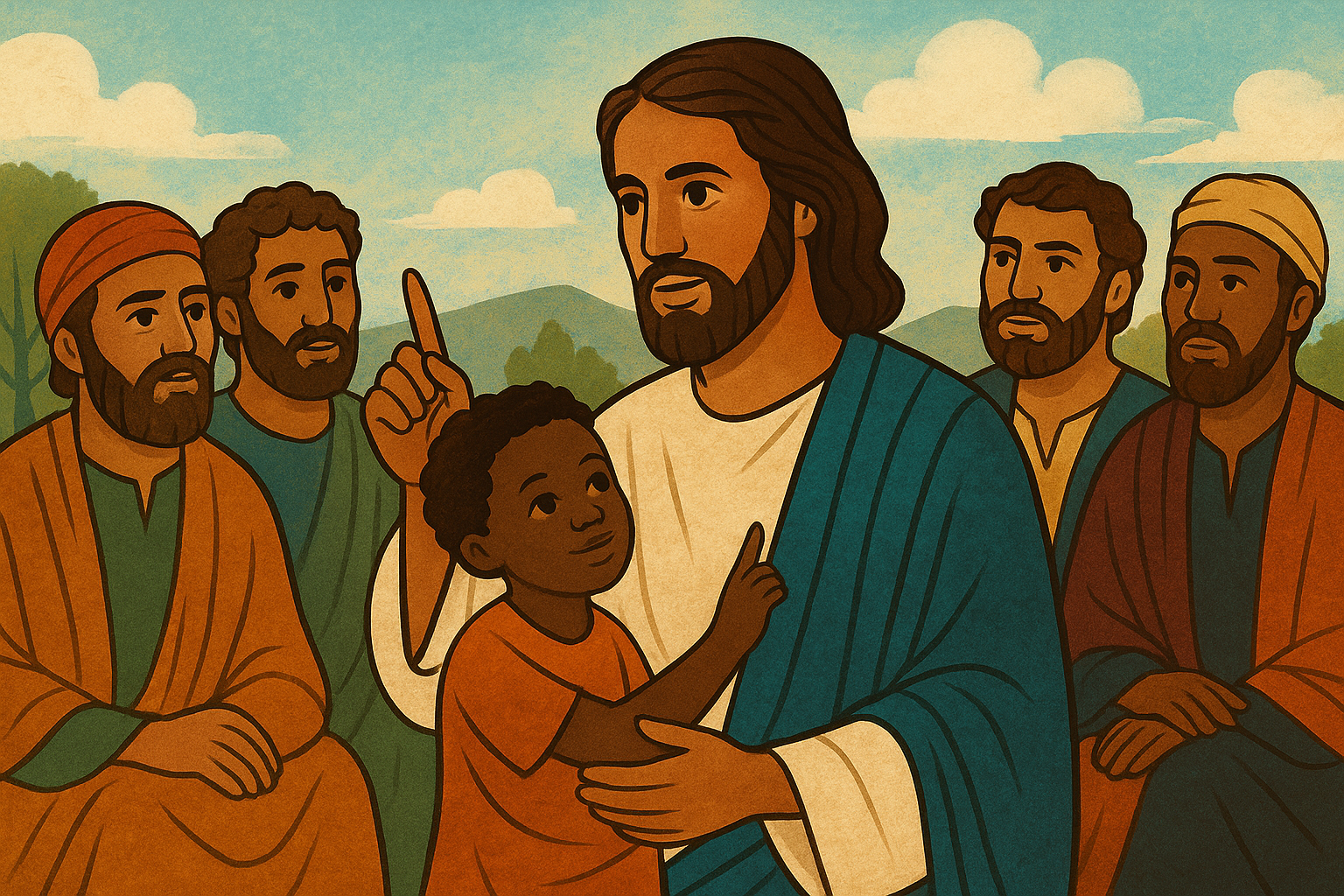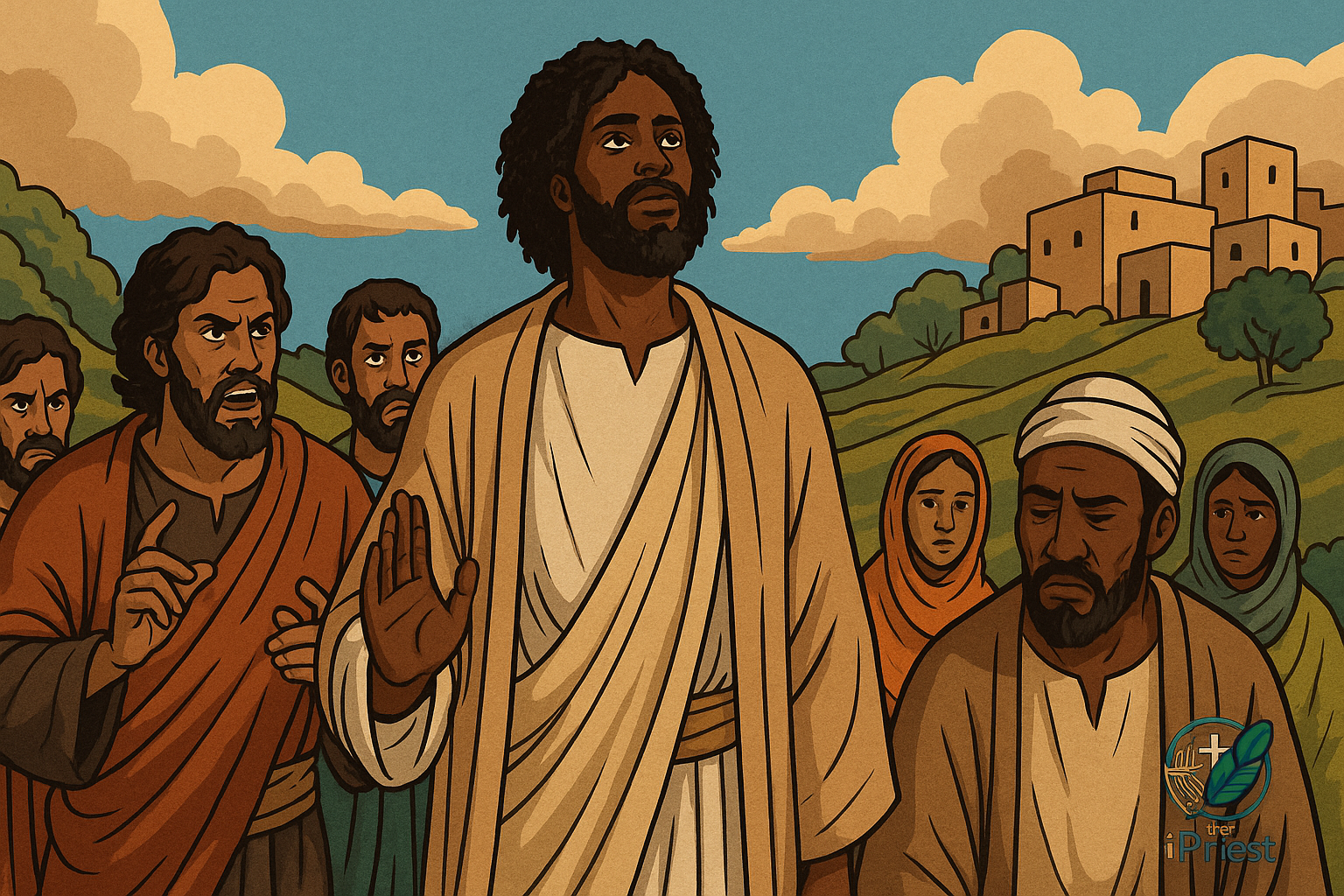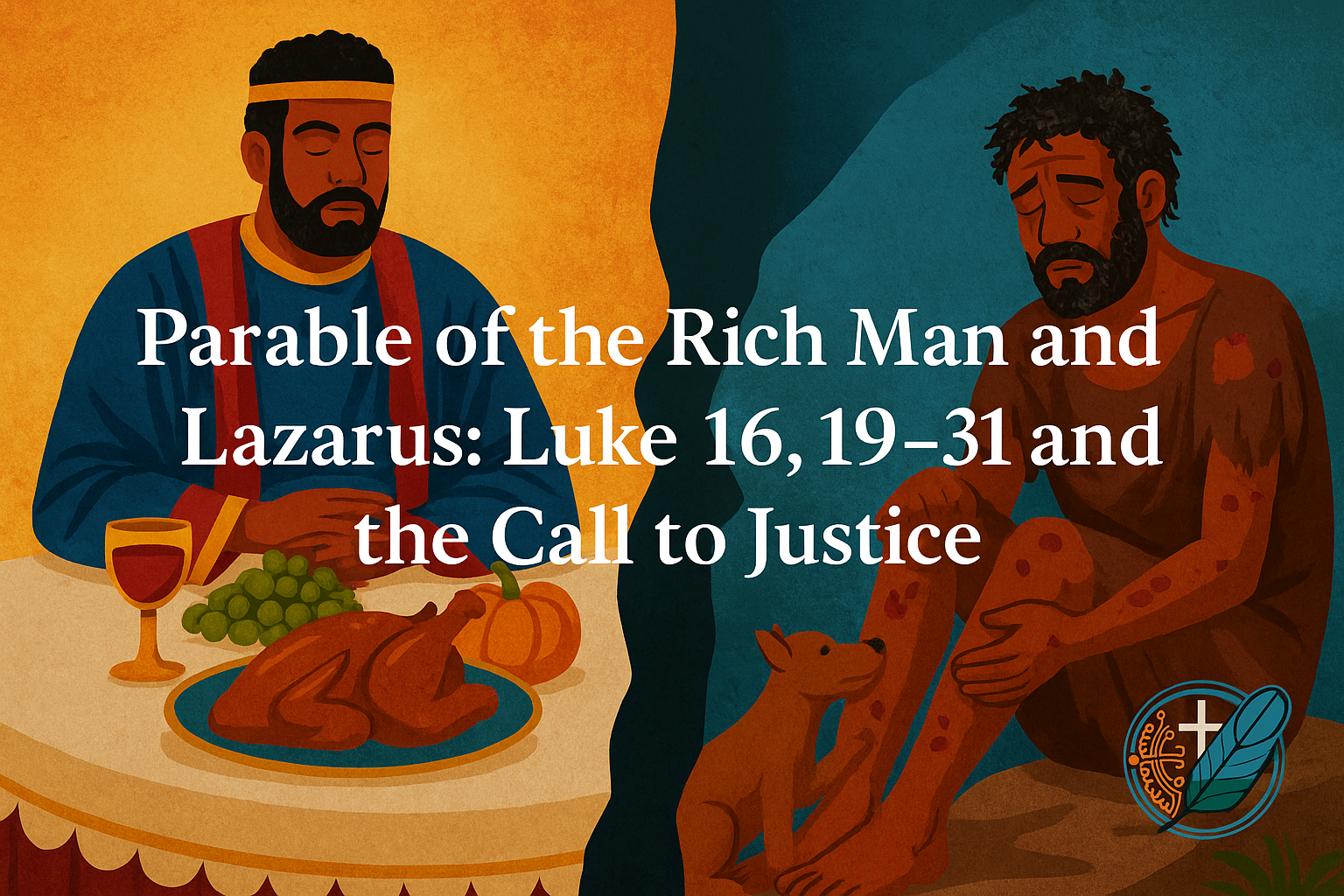 If you have ever baptized children of different ages, you might understand better this intense silent dialogue. Though this might not be a theory of child psychology, I have observed that kids of different ages react differently to ritualized gestures.
If you have ever baptized children of different ages, you might understand better this intense silent dialogue. Though this might not be a theory of child psychology, I have observed that kids of different ages react differently to ritualized gestures.Infants will only feel the difference if, for example, the water is too cold or too hot. For this reason, it’s important to make sure the baptismal water is adapted to the room temperature. It’s very little detail but very important.
Kids three to four years of age would ordinarily try to be good boys and girls. They are already at an age when people’s reaction becomes important to them. It means that they wouldn’t ordinarily resist or disturb so much during the ceremonies. They will be curious, but age has started telling them that curiosity could be misinterpreted. So, they try to apply the little knowledge they have by (childishly) hiding their emotions.
But two-years kids are the best! They have come to understand that they also count. And that they can express their feelings and ask for attention.
At this age, baptizing a kid becomes interesting. You don’t know how the child might react. He or she might decide to be calm or not to be. They can stay calm by the time you baptize them and move over to other activities in between the time you baptize the other kids.
It is then important to watch their reactions. You wouldn’t want them to feel that something is being imposed on them. Just a gentle look and well-intentioned eye contact can reassure them at that age.
And to be able to do that, one needs to know a little about the child to be baptized. And this can only be possible through a fruitful dialogue with the parents during the baptismal preparations.
In this scene, I negotiate with a baby who is skeptical about bending her head over the baptistery. A silent eye contact that shows that I don’t intend any harm to her. Even at this point, you shouldn’t be too certain of his or her reactions.





